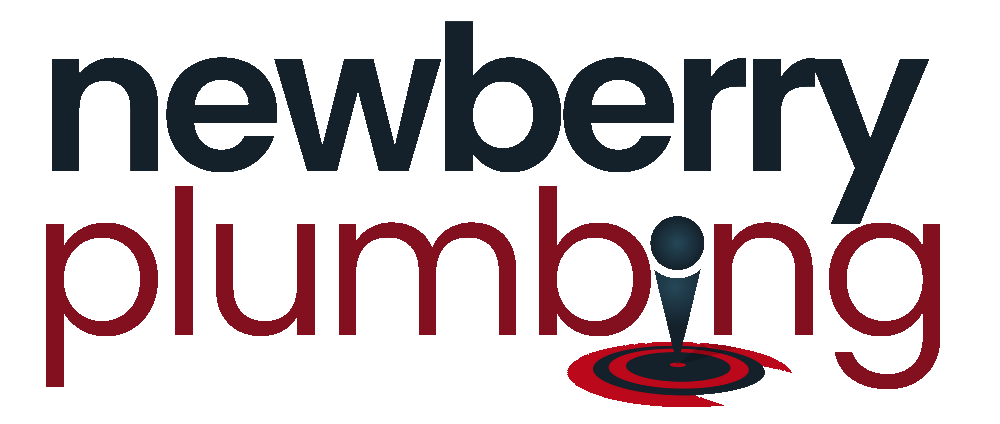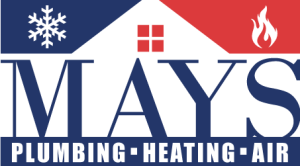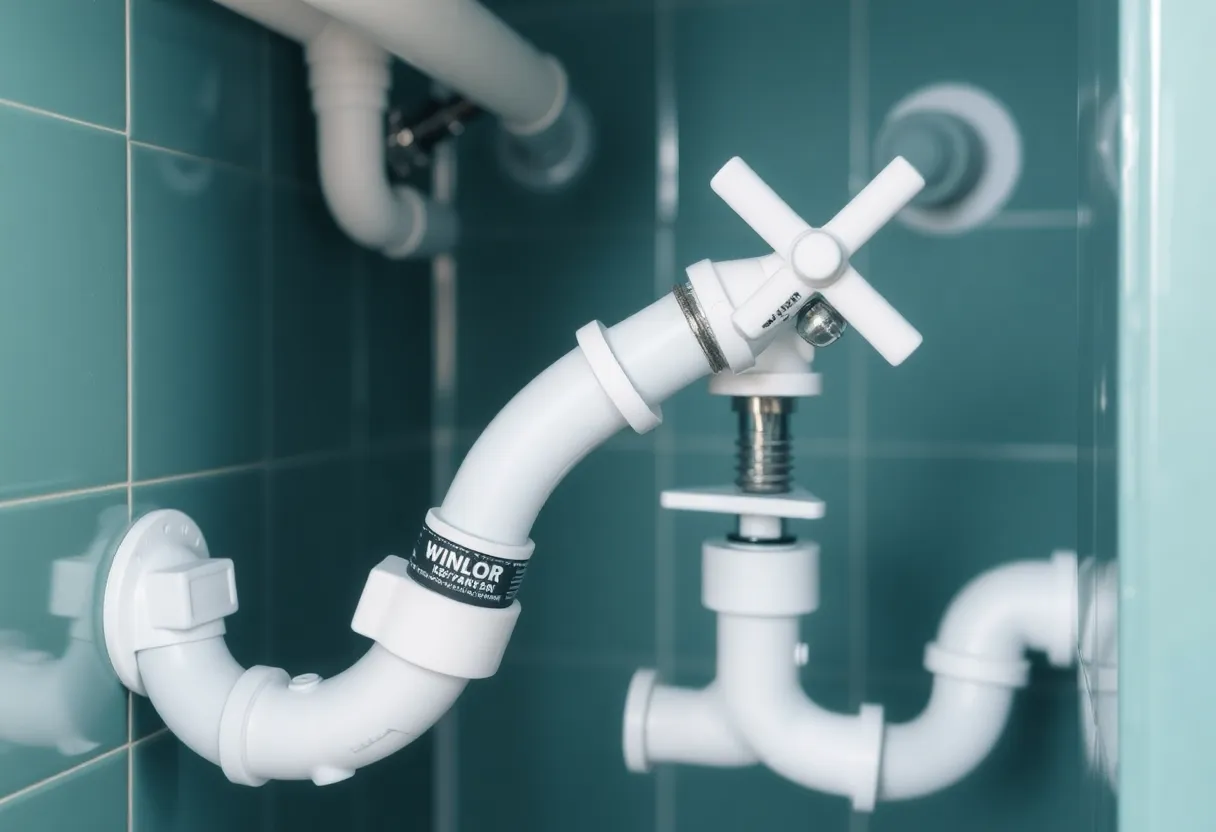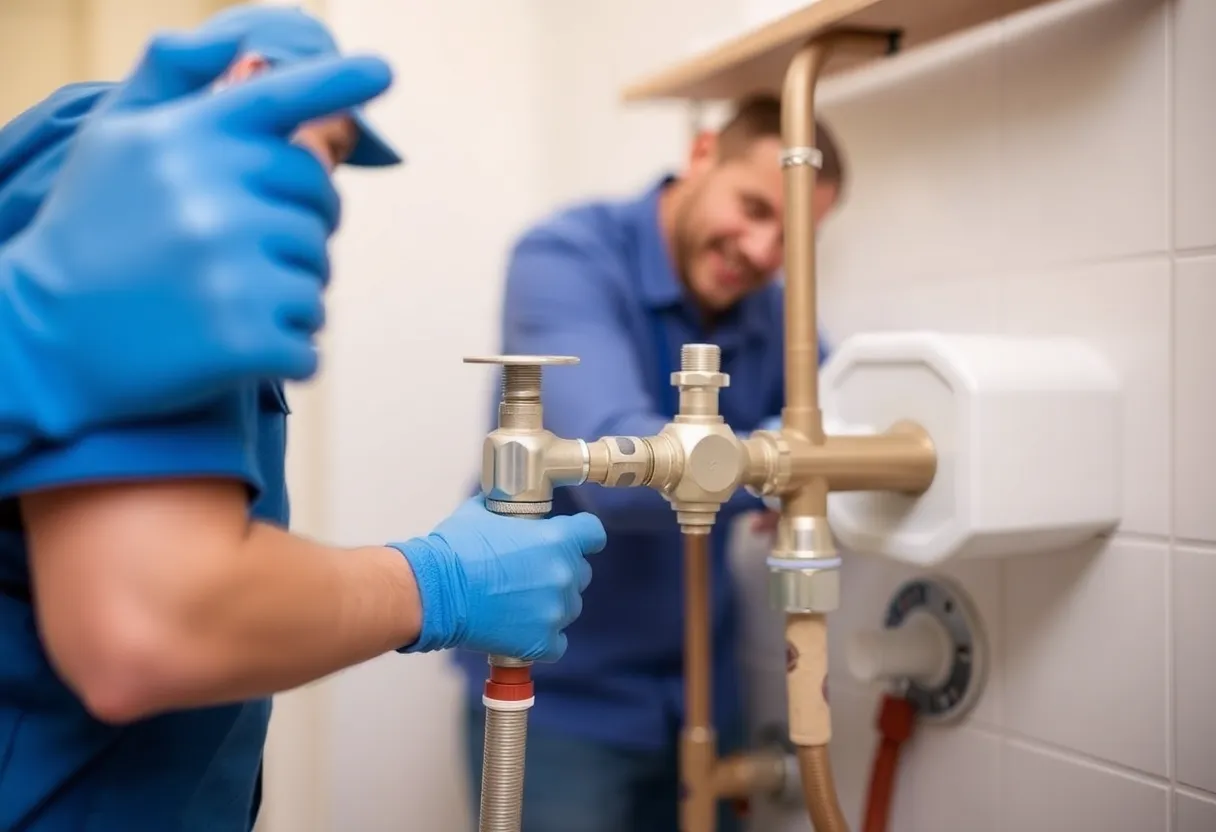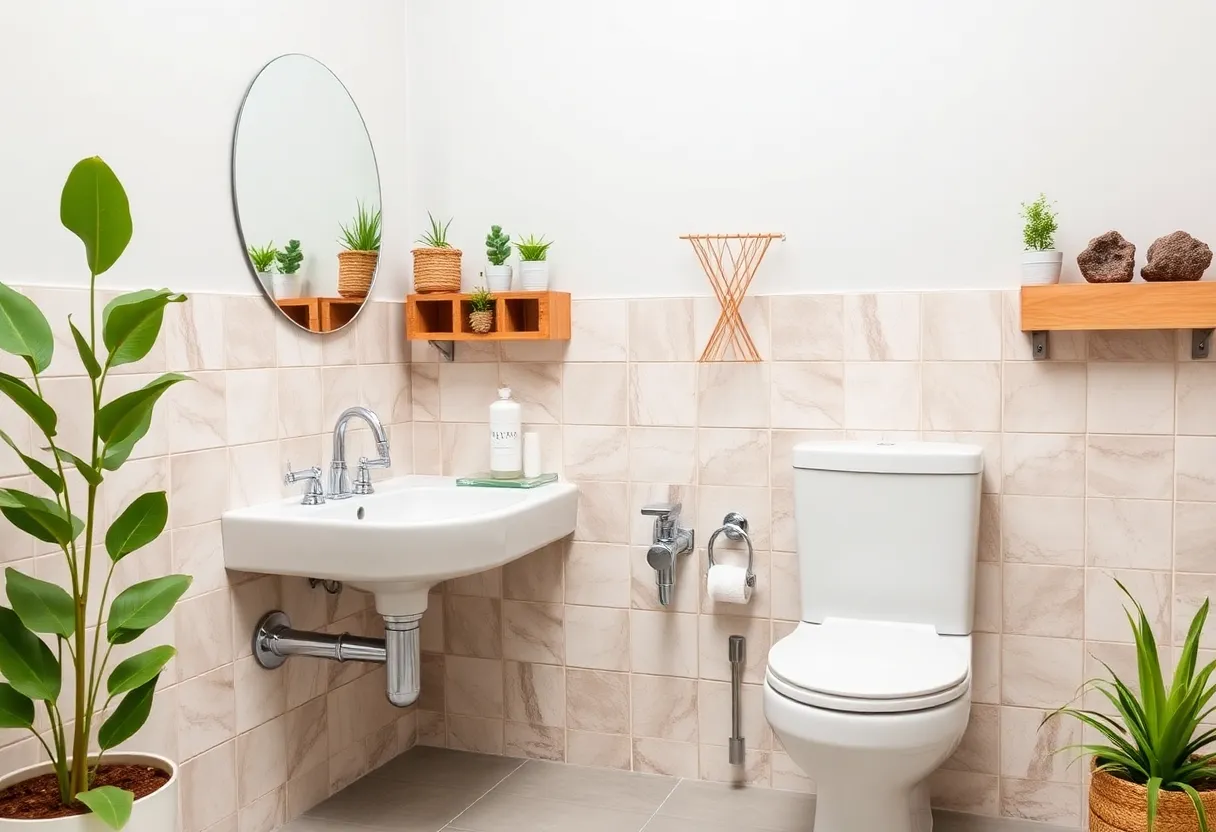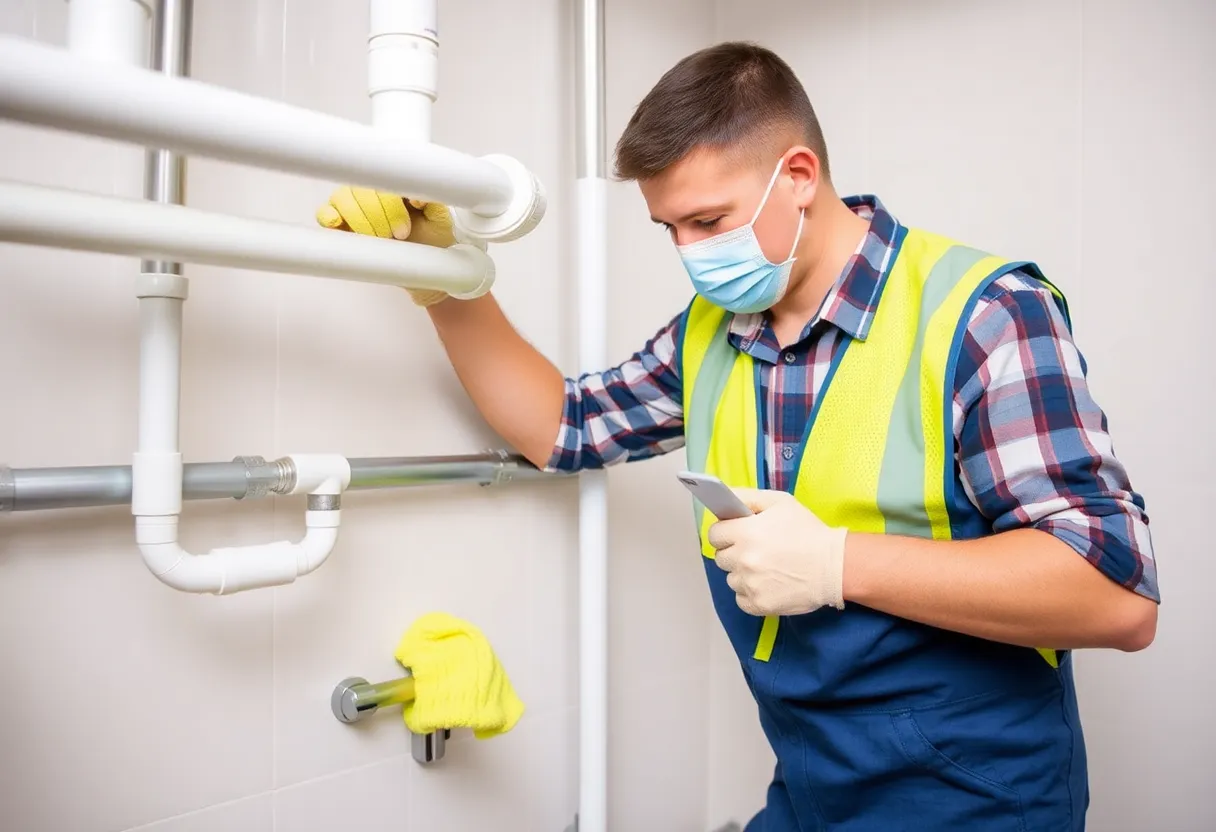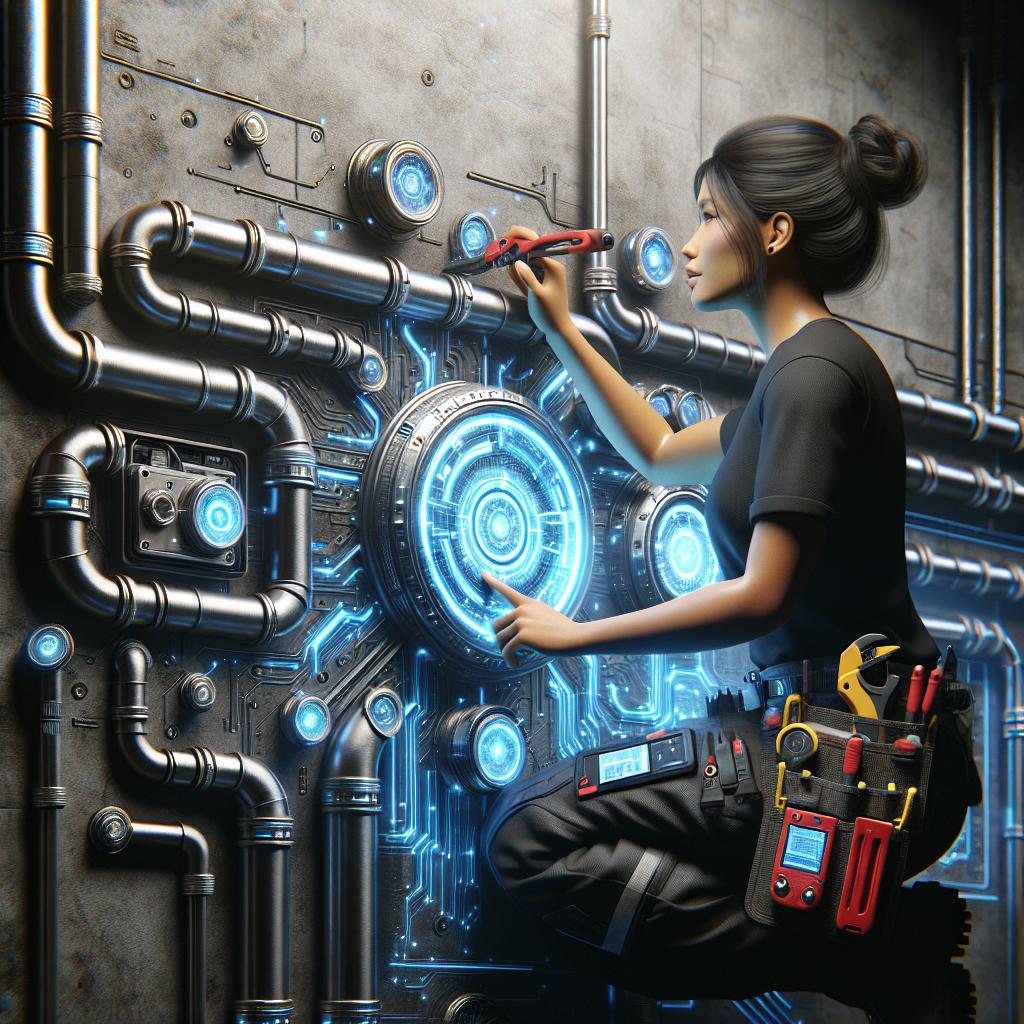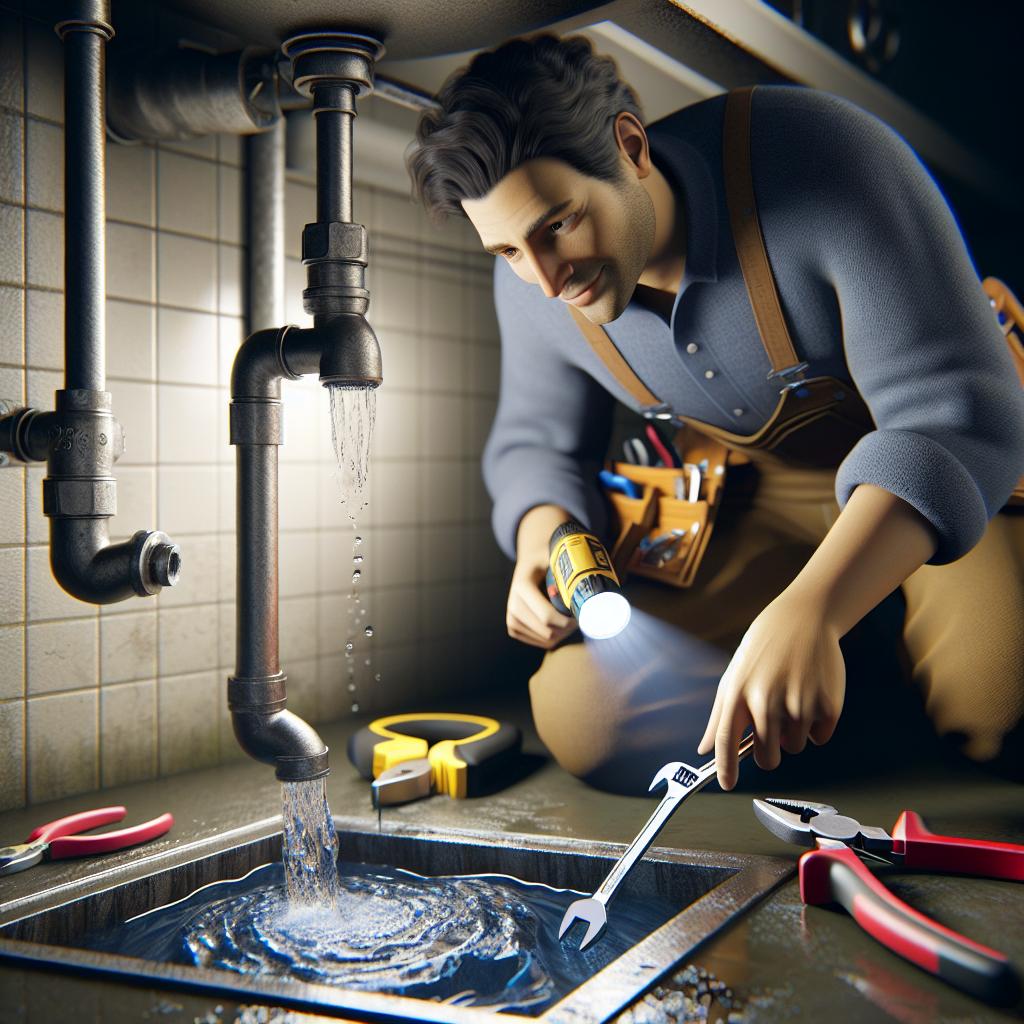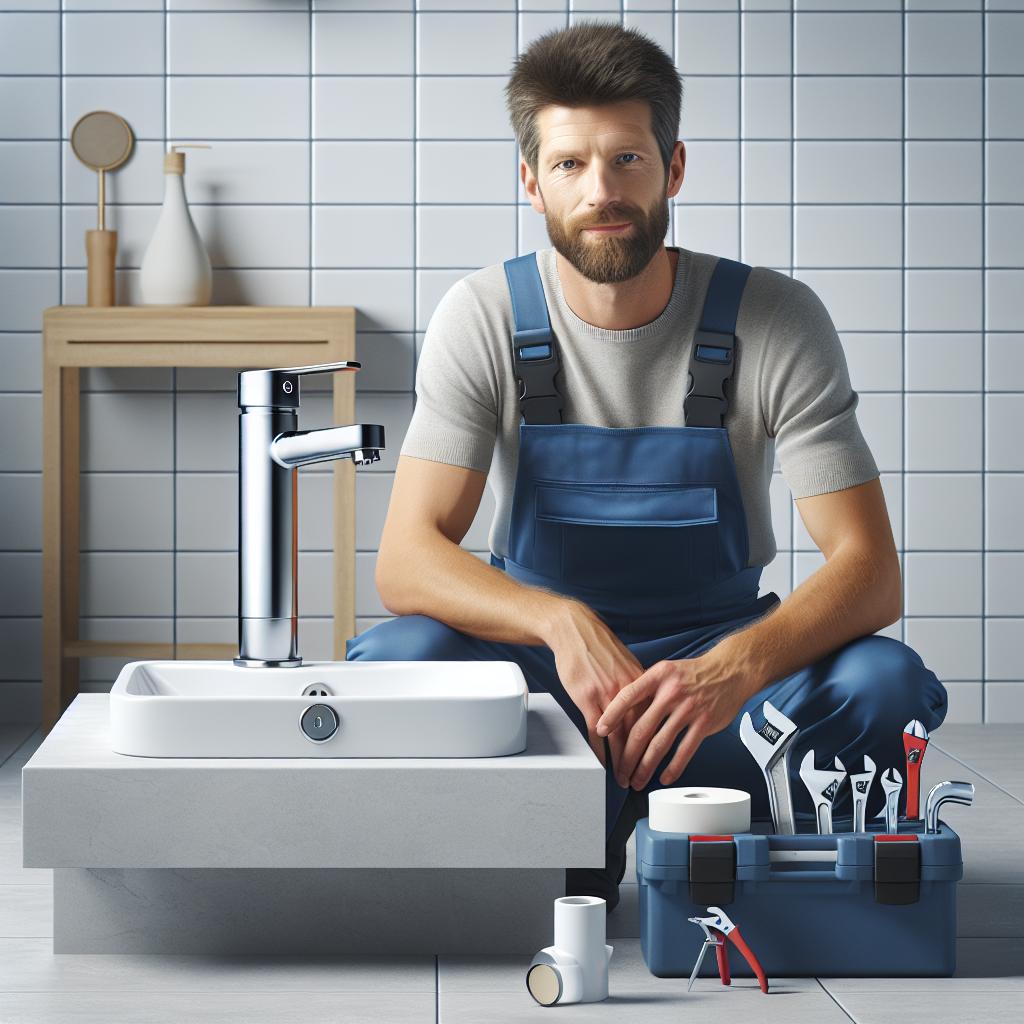Plumbing Pitfalls: 10 Lesser-Known Issues That Could Drain Your Wallet
When it comes to home maintenance, plumbing often ranks low on the priority list. However, ignoring plumbing issues can lead to expensive repairs down the line. While most homeowners are familiar with common problems like leaky faucets or clogged drains, there are several lesser-known plumbing pitfalls that can take a significant toll on your wallet. In this article, we will delve into ten hidden plumbing issues you may encounter, along with tips on how to spot them before they escalate.
1. Hidden Leaks
One of the most damaging plumbing issues is a hidden leak. These leaks can occur behind walls or under floors, making them difficult to identify until significant damage has already occurred. Signs of hidden leaks might include:
- Increasing water bills
- Water stains on ceilings or walls
- Mold or mildew growth
To mitigate hidden leaks, conduct regular inspections of your plumbing and consider installing a water leak detection system. This system can alert you to leaks as they occur, saving you from potential water damage.
2. Poor Ventilation
Most homeowners are aware of the importance of proper ventilation for air quality, but ventilation issues can also affect plumbing. Poorly vented plumbing can lead to slow drains and sewer gas buildup, which can be harmful and unpleasant. Signs of poor ventilation include:
- Gurgling noises in drains
- Slow drain performance
- Foul odors from fixtures
If you suspect ventilation problems, consult with a plumbing professional to ensure that your drainage system is effectively vented to prevent these issues.
3. Corroded Pipes
Over time, your pipes can corrode, especially if they are made from metal materials. Corroded pipes can lead to leaks, reduced water pressure, and even water contamination. Look out for:
- Discolored water, which can indicate rusty pipes
- Frequent leaks or bursts
- Low water pressure
Regularly inspect your pipes, especially in areas with high humidity. Replace corroded pipes before they cause significant water damage to your home.
4. Improper Installation
Many plumbing problems can arise from improper installation, whether it be fixtures, pipes, or appliances. Installation mistakes can cause poor performance, leaks, and often lead to costly repairs. Here are some signs that could indicate improper installation:
- Leaking faucets or fixtures
- Inconsistent water temperatures
- Unusual noises from plumbing
If you suspect that your plumbing has been improperly installed, do not hesitate to seek professional help, as correcting these problems often reduces future expenses.
5. Tree Root Intrusion
Trees can be a beautiful addition to any landscape, but their roots can also cause significant plumbing headaches. Tree root intrusion occurs when roots grow into sewer lines, causing blockages and potential breaks. Signs of tree root intrusion include:
- Frequent clogs or slow drains
- Unusual wet spots in your yard
- Backed-up sewage
Consider scheduling regular sewer line inspections, especially if you have large trees close to your home. It might also be wise to keep large trees as far away from the plumbing system as possible.
6. Hard Water Build-Up
While hard water is a common issue in many areas, its effects can be underrated. The minerals in hard water can build up in pipes and fixtures, leading to significant plumbing problems over time. Symptoms of hard water issues include:
- Frequent clogs and slow drains
- Reduced water pressure
- Mineral deposits on faucets and showerheads
Invest in a water softening system to combat hard water problems and maintain the longevity and performance of your plumbing.
7. Faulty Toilet Components
Toilets are perhaps the most frequently used plumbing fixture in any home. However, they can also be the source of many plumbing problems due to faulty components. Common toilet issues include:
- Phantom flushing, where the toilet runs intermittently
- Constantly clogged toilets
- Leaking tanks
Toilets may seem simple, but they are composed of various components that must work together seamlessly. Regularly inspect your toilet for any signs of damage or wear, and replace faulty parts as needed.
8. Old Water Heater
Aging appliances can be a significant drain on your finances, and water heaters are no exception. An old water heater can lead to inefficiencies, leaks, and even complete failure. Signs that your water heater may be on its last legs include:
- Inconsistent water temperatures
- Rusty water
- Strange noises, such as rumbling or popping
Consider replacing your water heater after approximately 10-15 years to avoid being caught off guard by a sudden malfunction.
9. Backflow Problems
Backflow issues occur when water flows in the reverse direction through pipes, which can lead to contamination of your home’s water supply. Backflow problems can be both dangerous and costly. Watch for the following signs:
- Unpleasant smells coming from faucets
- Discolored or cloudy water
- Gurgling noises in pipes
Prevent backflow issues by installing a backflow prevention valve and regularly testing your plumbing system to ensure everything is functioning correctly.
10. Ignoring Routine Maintenance
The importance of routine plumbing maintenance cannot be overstated. Simple tasks such as cleaning drains, inspecting your sewer lines, and checking fixtures can prevent major headaches in the future. Failure to conduct routine maintenance may lead to:
- Emergency repairs that are costly
- Decreased lifespan of plumbing fixtures
- Increased risk of serious plumbing emergencies
Schedule routine maintenance checks at least annually to catch potential problems before they escalate. Investing in preventive care can save both time and money in the long run.
Conclusion
Understanding these lesser-known plumbing pitfalls can help homeowners take proactive measures to avoid costly repairs. By staying vigilant, conducting regular maintenance, and addressing issues as they arise, you can protect your home and wallet from unexpected expenses. Make sure to consult with a professional plumber to keep your plumbing system in top shape, ensuring a safe and efficient home for years to come.
